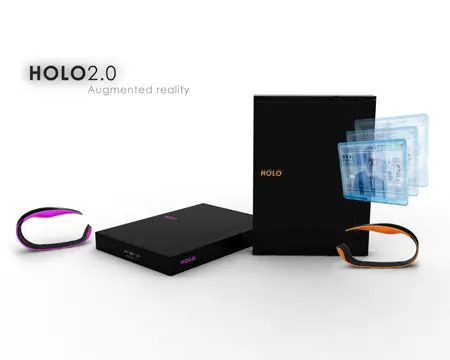A History of Digital Radiography
2 min read
Although X-rays have been in existence since the early 1900s, digital radiography has only been around since 1970. However, since that time, digital radiography has been implemented into more and more large and small hospitals, imaging centers and medical facilities an in many areas of specialization. Popular imaging systems in use today include the CR and DR systems.
CR, or computed radiography, uses an imaging cassette of phosphor to create digital images, and DR systems, or direct digital radiography, uses a collection plate for image capture. DR systems are currently in use as urgent care DR, veterinary DR, chiropractic DR and podiatry DR units. These two systems, along with related hardware and software units such as the DICOM digital format, PACS and RIS, have brought many medical facilities up to the modern age with state-of-the-art digital radiography capabilities.
Much of the early medical digital radiography inventions and applications occurred at around the same time as personal computers became more affordable and thus more commonplace. The first digital imaging application was the invention of the CT, or computed tomography scanner, in 1967, and which became a prototype in 1971. Its inventors, Godfrey Hounsfield and Allan McLeod Cormack, won the Nobel Prize in Medicine for their invention in 1979. Television technology also paralleled medical technological innovation with the switch from analog to digital capabilities.
MRI, or magnetic resonance imaging, originated in the 1950s. Early research on the method was conducted in the 1970s and finally it was cleared for use on humans in 1984.
In the 1990s, a shift in digital radiography was made. X-ray images, it was discovered, could be stored on phosphor screens, and this formed the basis of today’s CR imaging systems.
Complementary PACS systems had their debut in 1982, although the idea was conceived over twenty years earlier. When the Internet became a worldwide actuality in the mid-1980s, it also had a major impact on digital radiography. Today’s digital medical images that are saved in the DICOM imaging format, similar to the common JPEG format, can be stored on a server for archival purposes, can be viewed on a personal computer outfitted with PACS software and a diagnostic monitor that turns it into a clinical workstation, and can be sent and received via the World Wide Web.
In the last decade, as the price of personal computers and other electronic devices has dropped significantly, and so too has the cost effectiveness of digital medical imaging increased, making digital radiography an affordable and modern alternative from its humble beginnings in film-based X-ray systems.







